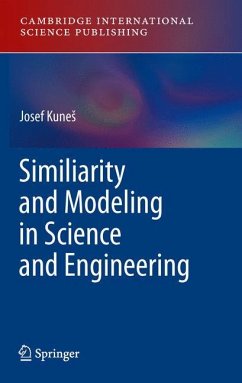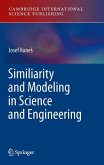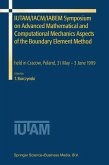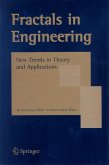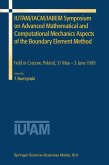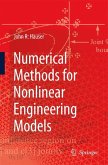The present text sets itself in relief to other titles on the subject in that it addresses the means and methodologies versus a narrow specific-task oriented approach. Concepts and their developments which evolved to meet the changing needs of applications are addressed. This approach provides the reader with a general tool-box to apply to their specific needs. Two important tools are presented: dimensional analysis and the similarity analysis methods. The fundamental point of view, enabling one to sort all models, is that of information flux between a model and an original expressed by the similarity and abstraction Each chapter includes original examples and applications. In this respect, the models can be divided into several groups. The following models are dealt with separately by chapter; mathematical and physical models, physical analogues, deterministic, stochastic, and cybernetic computer models. The mathematical models are divided into asymptotic and phenomenological models. The phenomenological models, which can also be called experimental, are usually the result of an experiment on an complex object or process. The variable dimensionless quantities contain information about the real state of boundary conditions, parameter (non-linearity) changes, and other factors. With satisfactory measurement accuracy and experimental strategy, such models are highly credible and can be used, for example in control systems.

